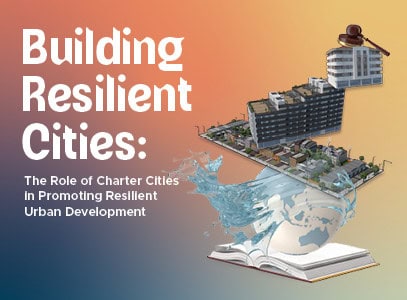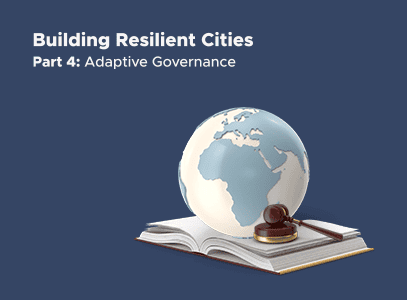I like to joke that there are three ways to build a city, 1) be a government, 2) have an economic rationale, or 3) start a religion.
Governments have two advantages. First, they don’t face the same budget constraints that firms do and therefore are able to make the massive infrastructure investments necessary to build a city. Second, they can make advancement in the governing bureaucracy contingent upon moving to the city, ‘forcing’ initial residents to migrate to the city. This approach has been done a numerous times throughout history, recently including Brasilia, Abuja, and Astana.
Most cities start because of an economic rationale. There is a natural port, or perhaps a mine. People move to the city to benefit from the economic activity. Over time the population grows, creating benefits from agglomeration that outweigh the original economic rationale. Many mining cities persist even after the mine runs dry.
The third way to build a city is to start a religion. Salt Lake City and Israel (though not a city), were founded by religions. The important part isn’t the religion per se, but the social cohesion. There needs to be a strong identity that can coordinate mass migration. However, a strong identity by itself is insufficient, it must be coupled with persecution, creating the demand for mass migration. Both the Mormons and Jews were severely persecuted, causing sufficient migration which led to a city and country respectively.
Each of these approaches serves to attract residents to a new city. Cities are territorial agglomerations of people, with embedded networks providing the value of city life. The challenge in building a new city is bootstrapping that network. How do you get the critical mass that gets the flywheel started?
Governments can force their bureaucracy to move. Religions, or identity, can coordinate migration. A mine or port is often incentive enough to attract the first movers.
The challenge is that charter cities lack these advantages. The laws and regulations of a charter city might be better for business, but for institutions to matter there must be a population. Easier business registration is meaningless if there is no market.
There are two complimentary strategies that can be adopted to attract residents to a charter city. First, create jobs. Second, give early movers upside in the city.
Creating jobs can be done with an anchor tenant. The term anchor tenant comes from shopping malls where a large retail store serves as the ‘anchor’, attracting mall goers. The anchor tenant typically pays less per square foot than other stores. The anchor tenant provides a ‘public good’ for the mall by attracting retailers who then spend money on other stores.
In a charter city the anchor tenant is a large employer. The anchor tenant is one of the first residents in the charter city, creating jobs which attract residents and catalyzing the critical mass necessary for additional amenities, grocery stores, restaurants, schools, entertainment, etc. The type of anchor tenant depends on the target population of the city. Options include an industrial park or a university.
The second strategy is to give early residents an upside in the city. This could include setting aside equity in the city development company for the first residents, somewhat equivalent to an option pool in startups. That way people who believed in the vision would move to the city, confident that the value of the equity would increase and justify the short term discomfort of lack of amenities.
Charter cities face similar challenges to other networks. However, because of the scale of charter cities, those challenges are magnified. Attracting the first residents to a charter city is a key ingredient of success.
Commentary
Rueben Abraham has a great article in Bloomberg arguing that India needs to copy Chinese SEZs. Indian passed SEZ legislation in 2005, but the land allocated was too small and the reforms too minor to have an impact.
Carlo Ratti comes out in defense of Sidewalk Labs and Urban Innovation. While few people would admit to being opposed to urban innovation, the fight Uber and then scooter companies had with cities suggest otherwise.
Surbana Jurong has become the go to city planner for Africa. One of their more recent projects is Kigali. Unfortunately, their cities seem to be overplanned, not fully understanding local contexts.
Marginal Revolution mentions Reston, Virginia, a successful planned community outside of Washington DC.
Free zones are increasingly a foreign policy tool in the Middle East.
A 2016 paper on the legitimacy of charter cities. (h/t Kurtis Lockhart)
Another voice, this time the Wall Street Journal, suggesting that China’s Belt and Road Initiative is overstretched.
Lastly, coverage in Honduran press of the second ZEDE, Ciudad Morazán.
Subscribe to the Charter Cities Institute’s bi-monthly newsletter to receive update posts like this in your inbox.







